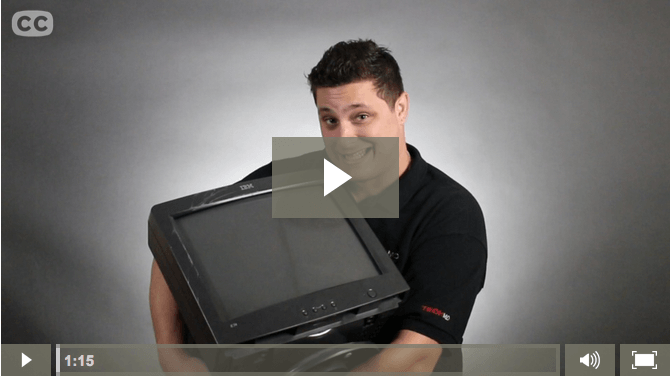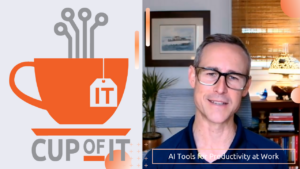For this week’s One-Minute Wednesday, John Pekcan will talk about why turning your computer off and back on again can resolve a number of minor computer issues. A simple shutdown will clear your computer’s memory, reset the machine, and allow it to start up fresh. This simple trick can save you a lot of time and frustration when annoying bugs pop up on your computer!
Rebooting Your Computer
We’ve all had a computer suddenly slow down while we’re working on a deadline, or a program stop working properly right when we need it, or a distracting little bug prevent us from getting work done efficiently. And it may sound funny, but a surprising number of these computer issues can be resolved simply by turning off your computer and turning it back on again. Here’s why:
When you shut down your computer, your system completely clears its memory usage. Any programs that have slowed down, maxed out on usage, or simply stopped working entirely are wiped clean. This allows the computer to start fresh when you turn the computer back on.
A few things to note:
- If you’re working on an older machine, it’s important that you completely shut down your computer instead of just restarting it. Ideally, you’re going to want to leave it turned off for about 30 seconds before turning it back on. This is because a lot of older machines will only pause your operating system and then start it back up when using the restart command, which can leave the memory in the same state as before.
- On the other hand, many newer computers’ restart option will actually turn off the computer. The key thing to listen for is when you hear the fan stop spinning, and then hear it start back up. If it doesn’t do this, you might want to consider a full shut down rather than a restart, just in case.
So the next time you’re having a minor issue, try turning your computer off, waiting about 30 seconds, and then turning it back on. You just might avoid a lot of frustration and, most importantly, save yourself some time!





